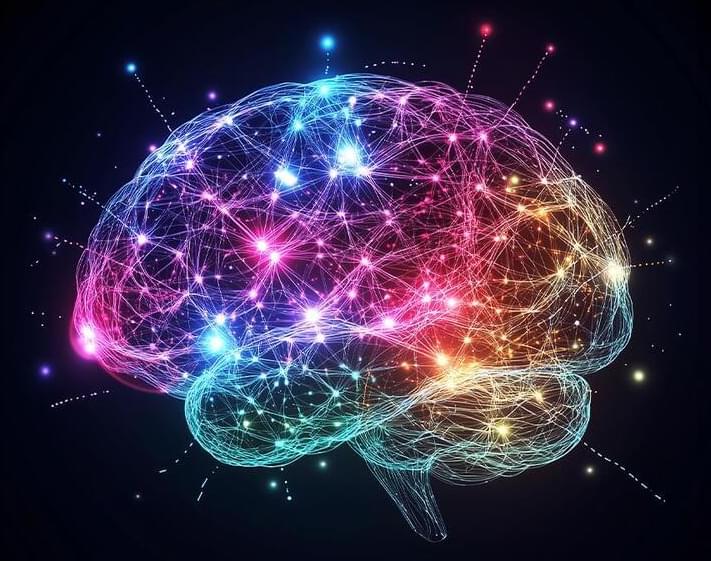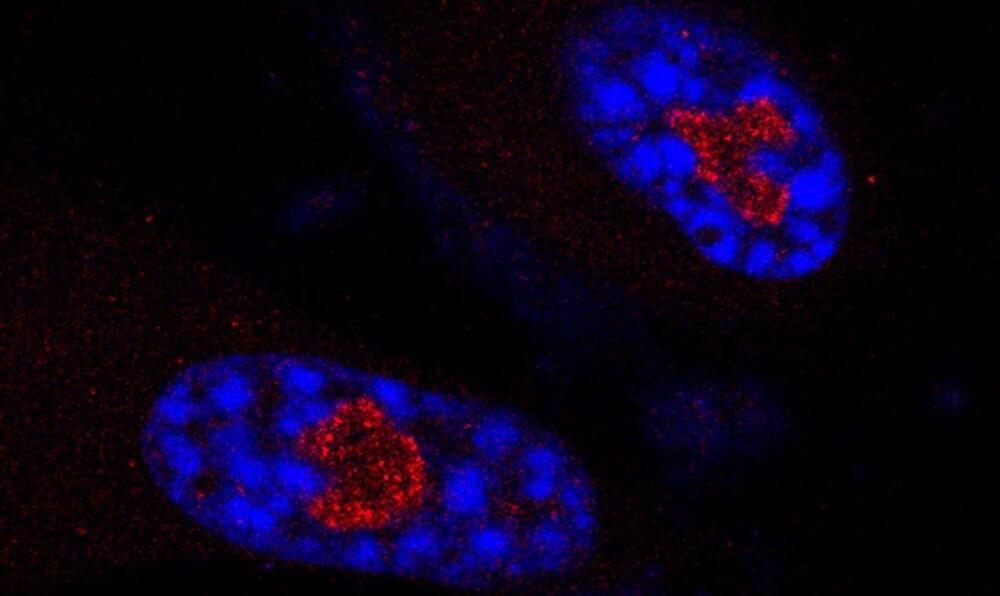Preclinical study investigates neuron-targeted partial cellular reprogramming in the hippocampus to mitigate age-related cognitive impairments.



Innovation At The Frontiers Of Aesthetic And Regenerative Medicine — Prof. Dr. Alan Widgerow — Division Chief, Center for Tissue Engineering, UCIrvine — Chief Scientific Officer, Galderma.
Prof. Dr. Alan Widgerow, MBBCh, FCS, MMed, FACS, is Division Chief, Research, Center for Tissue Engineering (https://sites.uci.edu/ctelab/team/) and Adjunct Professor Plastic Surgery, Dept of Plastic Surgery, University of California, Irvine (https://faculty.uci.edu/profile/?facu…) and Chief Scientific Officer and Head of Skin Science Center of Innovation at Galderma (https://www.galderma.com/).
Prof. Widgerow is a plastic surgeon who ran a solo private practice in South Africa for over 20 years.
Prof. Widgerow completed his undergraduate and post-graduate studies at the University of the Witwatersrand, South Africa. He has held various positions in numerous academic and professional associations including that of President of the Association of Plastic and Reconstructive surgery of Southern Africa (APRSSA). He is author of over 190 plastic surgical related publications and 2 books. He was also the founder and medical director of 13 wound clinics in South Africa.
Prof. Widgerow relocated to Irvine California in Dec 2009 to pursue his interests in medical device innovations, cosmeceuticals and wound care, but he still plays an active role in academic medicine world-wide. In 2012 he was appointed to the Faculty of the University of California Irvine Plastic Surgery Dept as Full Adjunct Professor and Director of the Center for Tissue Engineering and in 2021 was appointed as its Division Chief of Research. He is involved in multiple projects related to adipose derived stem cell and adipose decellularized matrix, wound healing and transplantation. In 2018 he was awarded the Distinguished Faculty Mentor of the year Award by the Institute for Clinical and Translational Science, UCI.

Year 2018 face_with_colon_three
Pediatric Research volume 83, pages 223–231 (2018) Cite this article.

Aging is the major risk factor for the development of chronic diseases such as cardiovascular disease, cancer, diabetes, and dementia. Therefore, drugs that slow the aging process may help extend both lifespan and healthspan (the length of time that people are healthy).
In a study published online on February 29 in Medical Research Archives, Albert Einstein College of Medicine researchers evaluated U.S. Food and Drug Administration-approved drugs for their anti-aging potential. In ranking those drugs, they gave equal weight to preclinical studies (i.e., effect on rodent lifespan and healthspan) and clinical studies (i.e., reduced mortality from diseases the drugs were not intended to treat). The four therapeutics judged most promising for targeting aging were SGLT2 inhibitors, metformin, bisphosphonates, and GLP-1 receptor agonists. Since these drugs have been approved for safety and used extensively, the researchers recommend they be evaluated for their anti-aging potential in large-scale clinical trials.
The study’s corresponding author was Nir Barzilai, M.D., director of Einstein’s Institute for Aging Research, professor of medicine and of genetics and the Ingeborg and Ira Leon Rennert Chair in Aging Research at Einstein, and a member of the National Cancer Institute–designated Montefiore Einstein Comprehensive Cancer Center. The lead author was Michael Leone, a medical student at Einstein.

which is widely believed to be the root cause of many age-related diseases.
The study, published today in the journal npj Aging, raises the exciting possibility of a protective agent that could dampen age-related inflammation and restore normal immune function in older adults.
PEPITEM (Peptide Inhibitor of Trans-Endothelial Migration) was initially identified at the University of Birmingham in 2015. While the role of the PEPITEM pathway has already been demonstrated in immune-mediated diseases, this is the first data showing that PEPITEM has the potential to increase healthspan in an aging population.
Join us on Patreon! https://www.patreon.com/MichaelLustgartenPhDDiscount Links/Affiliates: Blood testing (where I get my labs): https://www.ultalabtests.com/.…

A team led by UT Southwestern Medical Center researchers has discovered a new way that cells regulate senescence, an irreversible end to cell division. The findings, published in Cell, could one day lead to new interventions for a variety of conditions associated with aging, including neurodegenerative and cardiovascular diseases, diabetes, and cancer, as well as new therapies for a collection of diseases known as ribosomopathies.
“There is great interest in reducing senescence to slow or reverse aging or aging-associated diseases. We discovered a noncoding RNA that when inhibited strongly impairs senescence, suggesting that it could be a therapeutic target for conditions associated with aging,” said Joshua Mendell, M.D., Ph.D., Professor of Molecular Biology and a member of the Harold C. Simmons Comprehensive Cancer Center at UT Southwestern. He is also a Howard Hughes Medical Institute Investigator.
Dr. Mendell led the study with co-first authors Yujing Cheng, Ph.D., a recent graduate of the Genetics, Development, and Disease graduate program; and Siwen Wang, M.D., a former postdoctoral researcher, both in the Mendell Lab.

Is it possible to live to 120? Yes, according to the burgeoning field of longevity science. Over twelve weeks, reporter Darren Mara puts his own body to the test to find out if aging really is a thing of the past.
Catch The Feed Tuesdays at 10pm on SBS HD, or on SBS On Demand.
Website: https://www.sbs.com.au/news/the-feed.
Facebook: / thefeedsbs.
Twitter: / thefeedsbs.
Insta: / thefeedsbsviceland.